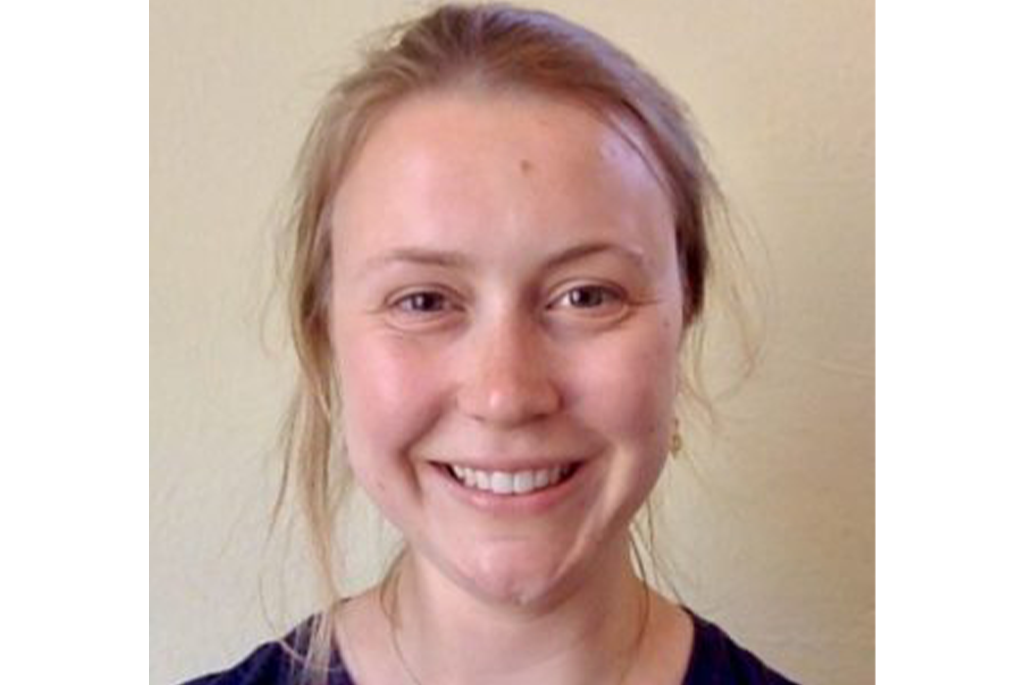Question: Jessica, What inspired you to research demographics of tropical vegetation?
When I was in undergrad, I went on a field trip to Borneo, and I got to stay at the Danum Valley Research Center that was right in the middle of the rainforest. Seeing the Dipterocarp trees for the first time and being out in the field was really life changing. I was like, ‘Oh wow, I love this environment.’ I was always more interested in the modeling side of things than in fieldwork, but I liked that ecosystem and wanted to learn more about it.
During my PhD, I was mostly focused on temperate forests since I was in the United Kingdom at the University of Oxford. When I moved to the Smithsonian, one of the things I wanted to work on was the global scale of what drives differences in forest growth around the world. That’s when I started getting into the more tropical side of things.
Question: How are vegetation demographics related to climate change and tropical ecology? Are we seeing a shift in how trees are growing?
I think demography is really fundamental to understanding forest dynamics. Ultimately, it’s the growth rates and survival rates of individual trees, which shapes the structure of the forest – like how large they get and rates of energy and element transfer with the atmosphere.
One of the first questions I was interested in when I started at Berkeley Lab was this question of what happens to mortality rates if trees start growing faster because of increased carbon dioxide in the atmosphere due to human activity. Trees use carbon dioxide to photosynthesize, which is what drives their growth rates. So as we put more carbon dioxide in the atmosphere, we expect that tree growth rates will increase if everything else remains equal. So I am interested in what that means for mortality – if trees start growing faster, are they going to reach bigger sizes, or just grow and die faster? And what does this mean for the carbon cycle and carbon storage?

Question: What is it like working with such a large group of scientists in NGEE? How has this helped you develop your career?
It was really new to me, having all these different people coming together and building on each other’s research – but I really love being a part of NGEE Tropics. There are so many people with different expertise and different backgrounds – you have the people in the field who know the ecosystem really well, and you have the modeling team, and we collaborate really well.
It was a little daunting at first because there was so much going on and things move quickly, but I find it very helpful to have so many people around me who have so much knowledge of all these different aspects of climate science. I think it’s been really helpful for my career because I’ve gotten way better at the computational side of things, but also working closely with people gathering data in the field. I can reach out to these people and ask if the models are accurate or realistic.
Question: Has NGEE inspired any ideas for the next stage in your career?
Since I recently got promoted to a Research Scientist, I am actually already transitioning to the next stage, mostly working on the E3SM model. This is a continuation of what I was doing during my postdoc on NGEE Tropics, but now I am thinking more about the global simulations. Before, I focused on single site simulations – I put new features into the model and tested them on small scales. The work I did on tree mortality was tested at a single site in Panama, whereas now I am moving on to think about global calibration, and how well E3SM-FATES performs when we run it across the whole world. Are we getting gross primary productivity and the carbon cycle correct in certain continents, and if not, why not? I’m excited to continue looking at this, and it’s really nice that my experience is all tied together in terms of thinking of a larger spatial scale.


